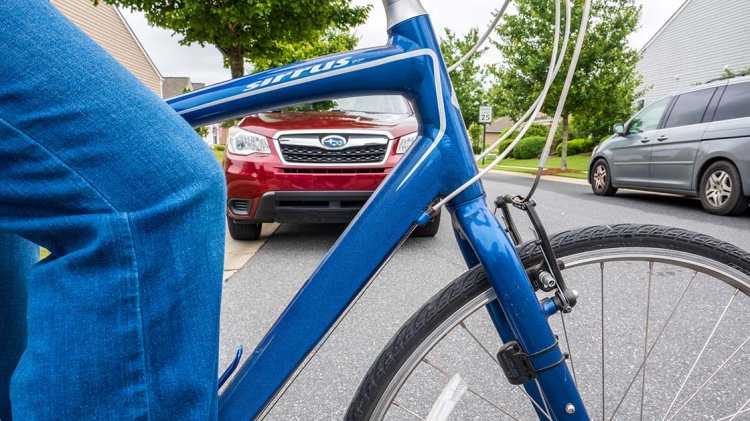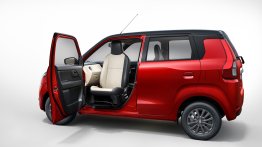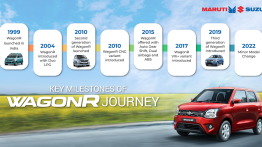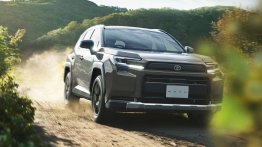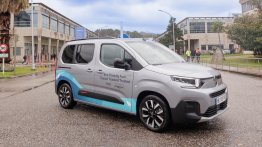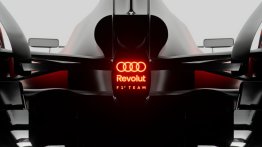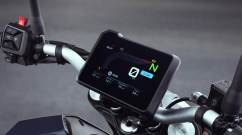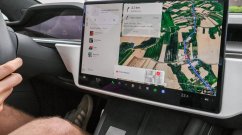Early versions of Subaru’s EyeSight crash avoidance system prevented real-world crashes with bicyclists traveling parallel to the road, a new study from the Insurance Institute for Highway Safety shows. However, they were only modestly successful in reducing crashes with bicyclists overall.
The automaker recently rolled out changes to the system that could make it more effective at recognizing cyclists in the most common crash scenario.
EyeSight is a suite of advanced driver assistance features that includes automatic emergency braking (AEB) and other technologies and is enabled by two cameras mounted behind the windshield. It was one of the earliest crash avoidance systems capable of preventing bicycle crashes, but the first two generations of the system were designed to detect only bicycles traveling in a parallel path to the vehicle.
The system reduced such parallel crashes by 29 percent but had only a minor impact on crashes with bicyclists overall, the IIHS study found.
The third generation of EyeSight, which is designed to prevent both crossing and parallel crashes, is already available, though it’s too soon for a study of its real-world effectiveness. Subaru introduced the new version on the 2022 Forester and WRX in the U.S. market. The 2023 Ascent, Legacy and Outback also have the new version, as well as a third camera that expands the system’s field of view. Potentially, that wider scope could allow the system to detect crossing bicyclists sooner.
To make their systems most effective, automakers will need to ensure they can avoid bicyclists in the dark, when risk of a fatal crash is highest, and in other challenging scenarios, Cicchino points out. Even then, policymakers and road designers should think of crash avoidance technology as a failsafe measure, rather than a solution.
